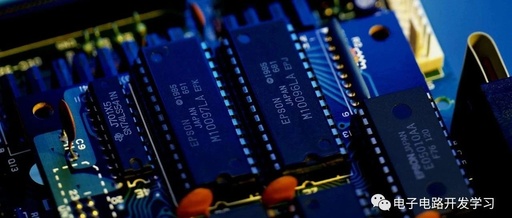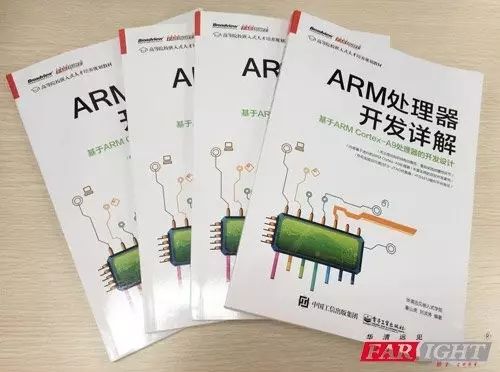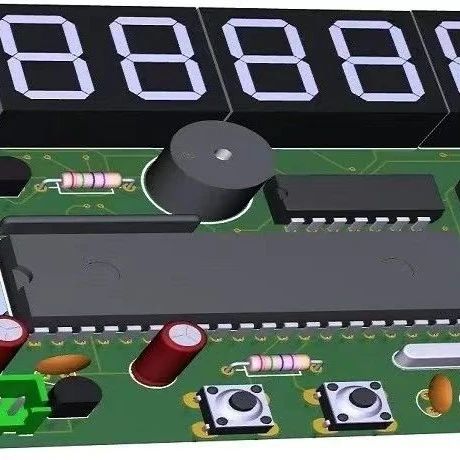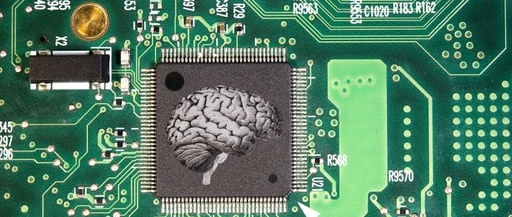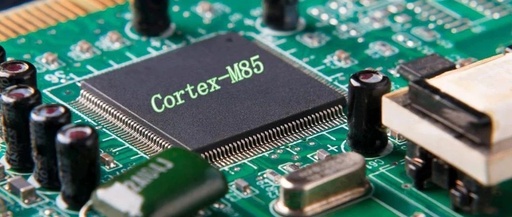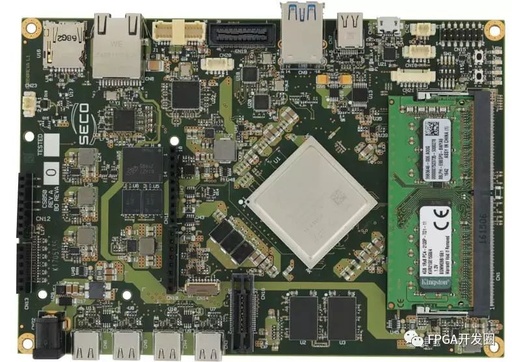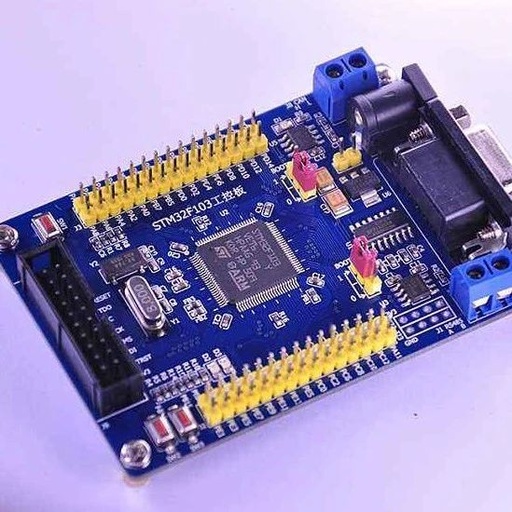Getting Started with AI on Arm Development Boards
Tengine Tengine is a lightweight neural network inference engine developed by OPEN AI LAB, specifically optimized for Arm embedded platforms, providing excellent support for both Android and Linux systems. Moreover, it is commendable that Tengine does not rely on dedicated AI chips (i.e., Tengine can utilize modules with dedicated AI acceleration capabilities such as GPU … Read more



